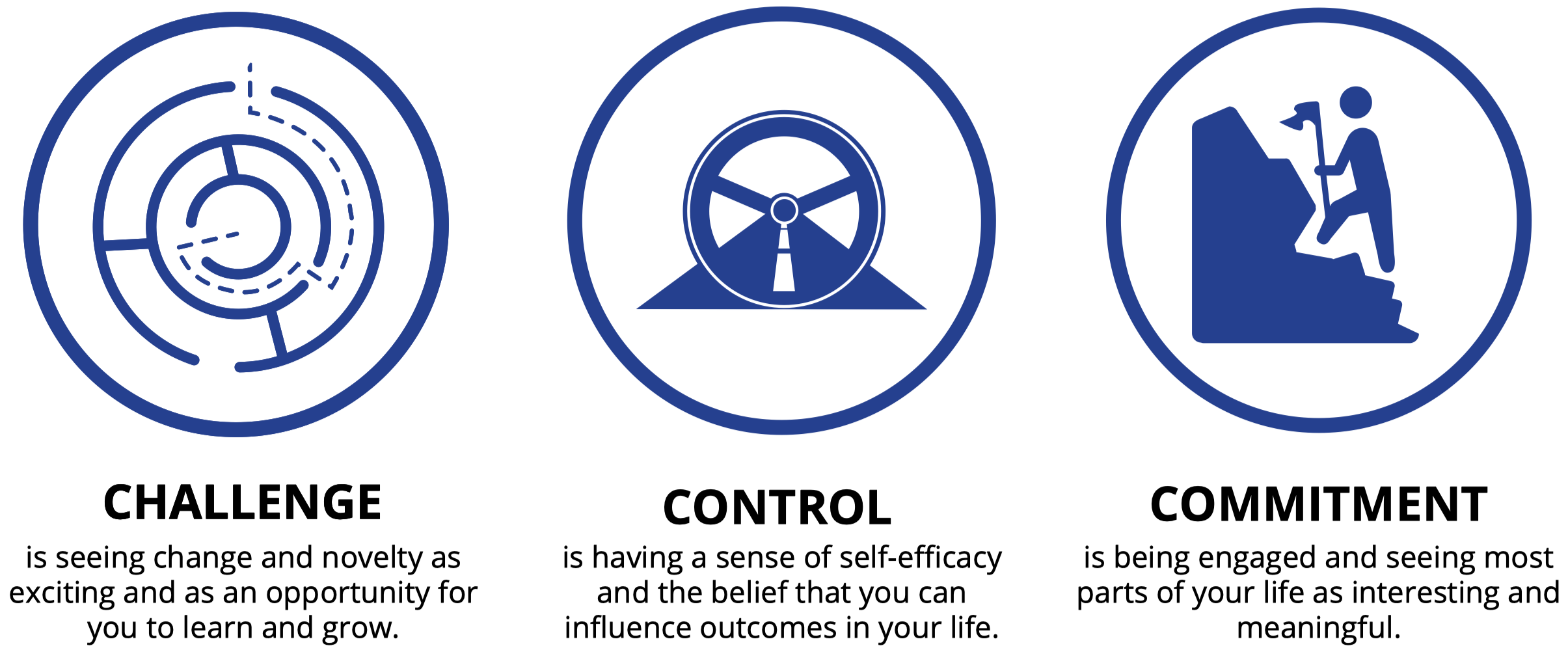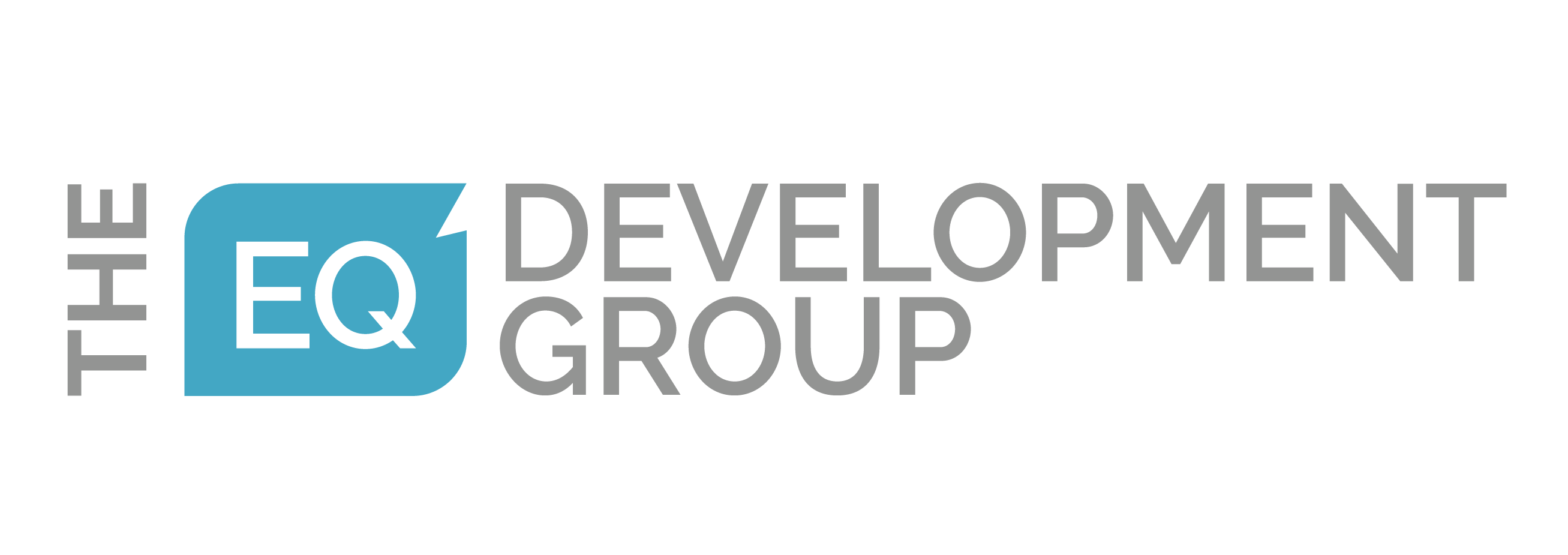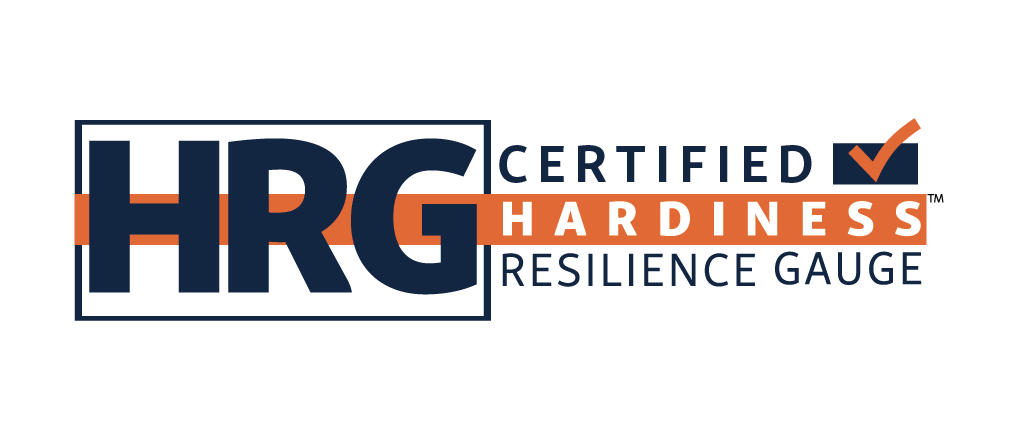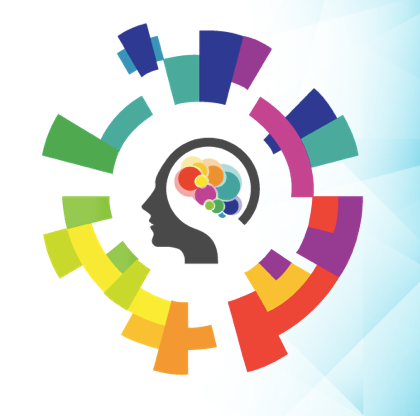The Role of Hardiness in Emotional Intelligence, And How You Can Measure It
Why is it that some people are better at handling stress than others? Why do some people believe they have a great deal of control over their lives, while others feel that life is just something that happens to them? Why, when one person sees an insurmountable challenge, does someone else sees the same situation as an opportunity to learn and grow?
Over the past 30 years, these topics have been researched extensively, and as a result we have a better understanding of both the internal and external factors that affect a person’s approach to all these things, which we have come to refer to as their ‘Hardiness’, or ‘Resilience’.
Over our years working with clients in often stressful, high profile roles, and intense, fast-paced industries, we’ve noticed that resilience or hardiness can be a distinguishing trait – a trait that can help leaders weather challenges, work through unanticipated difficulties, and survive periodic organizational upheavals more effectively than those without hardiness.
Hardiness and resilience are critical success factors in many jobs and situations. But, while promoting the concept of developing hardiness can make people more resilient in the face of stress, the same understanding also helps us to create healthier workplaces where those very things that create stress in the first place can be minimized.
The links between Hardiness and Emotional Intelligence are many. You can think of emotional intelligence as some of the supports underpinning hardiness. Similarly, how one experiences difficult or stressful situations contributes back to one’s emotional intelligence. Consider the person who tackles challenges with a belief in themselves (Self-Regard), and a belief that the can work through a difficult situation (Optimism). And, successfully working through that challenge reinforces the effective use of both of these Emotional Intelligence skills in the future.
What Makes Someone ‘Hardy?
Hardy people tend to look for situations that help them to grow develop. They tend to like new experiences and enjoy the challenge of learning or trying something new. Hardy people also like to believe that they have a degree of control over their lives, and whilst they fully accept that life will throw surprises at them, they believe they have the mental and emotional tools and resources to work through and overcome obstacles, or take advantage of opportunities. Finally, hardy people tend to have a strong sense of commitment to their lives. They are emotionally engaged and strongly self-motivated. They look for the learning in all situations, and see life’s experiences as lessons.
It’s these three essential elements – Challenge, Control, and Commitment, that are measured in a exciting and groundbreaking new assessment tool known as the Hardiness Resilience Gauge!

Introducing the Hardiness Resilience Gauge
I’m pleased to share that we have added the new Hardiness Resilience Gauge (HRG) to our set of core assessments. Developed and released by MHS, the same folks who brought us the EQ-i and the EQ360, the HRG is based on more than 30 years of research by perhaps the world’s leading authority on hardiness and resilience, Dr Paul Bartone. Bartone, who has researched this topic extensively in a wide variety of environments, settings, and situations, created the Dispositional Resilience Scale (DRS). The DRS was long considered the best measure of hardiness and resilience, and it is this tool that has now been adapted into the HRG.
In the HRG report (see sample report here) individuals are provided with a Total Hardiness score, as well as a score for each of the Challenge, Control, and Commitment subscales. Not only are the pros and cons of both high and low scores for each of the subscales discussed in the report, but coverage is also given to the concept of balancing between the subscales which, as with the EQ-i, helps to understand the potential downsides of a very high score.
How HRG Helps Teams
While the factors that cause stress vary between people, there are some common organizational conditions that many people experience which create stress. Some of the those are:
- Poor relationships with their immediate supervisor and/or co-workers.
- Ambiguity related to the work itself or the specific expectations.
- Lack of clarity around the value of the work being performed, or how the work fits into or contributes to the bigger picture.
- Volume of work, insufficient resources, a lack of training, or poor-quality work of colleagues.
Helping professionals to analyze their environment and determine what elements might be contributing to stress can be a useful strategy to help create a more psychologically healthy workplace, and, hopefully reduce related incidents like lost productivity, absences, and longer-term leave.
How HRG Helps Leaders
While there is obviously a value in individual team members learning more about stress, resilience, and hardiness, the real development opportunity in our minds is the ability to provide leaders with a language, and understanding, of these critical constructs.
For leaders in organizations, understanding the Hardiness concept helps in three ways:
- By understanding more about their own hardiness, the leader can identify personal development strategies. Followers expect leaders to have a sufficient level of hardiness, so this is an area where there should be focus.
- Increased knowledge of hardiness can help leaders support team members in developing strategies for addressing difficult and stressful situations.
- Understanding the factors that create stress for team members, leaders can examine their work environments to determine what factors could be contributing to stress, and address them through changes in process or communication.
Practitioner Details
The HRG assessment itself is short at just 28 questions, so it’s a quick and easy tool for participants to complete and the costs are also quite reasonable at just $30 to administer.
The assessment is normed against a census matching demographic group of 1500 individuals.
Certification in the HRG is simple requiring only about 40 minutes of pre-work, and then either a 90-minute 1-1 coaching call, or a slightly longer (2 hour) group certification. You can find out more information on the certification process HERE.
By certifying, you walk away with the ability to administer and debrief the HRG assessment, as well as the materials (PowerPoint, Facilitator Guide, and Participant Workbook) to deliver a half-day debrief/workshop that you can use within your client organizations as many times as you want.
Want To Know More?
If you are interested in learning more about the concept of Hardiness and the HRG, or about how to get certified in this new assessment, join us for a free webinar where we’ll talk more about the HRG, the science behind the assessment, and the potential uses. The webinar runs on March 11th at 10am CST. Sign up HERE.
And, of course, as always, drop me a line with any questions you have in the meantime – drew@eqdevgroup.com.






